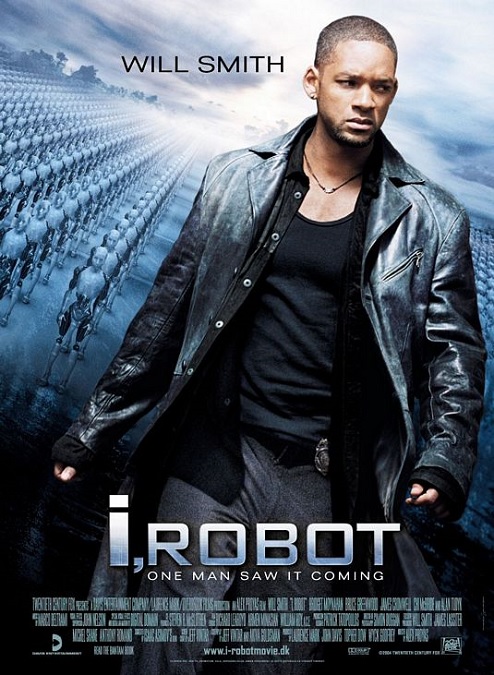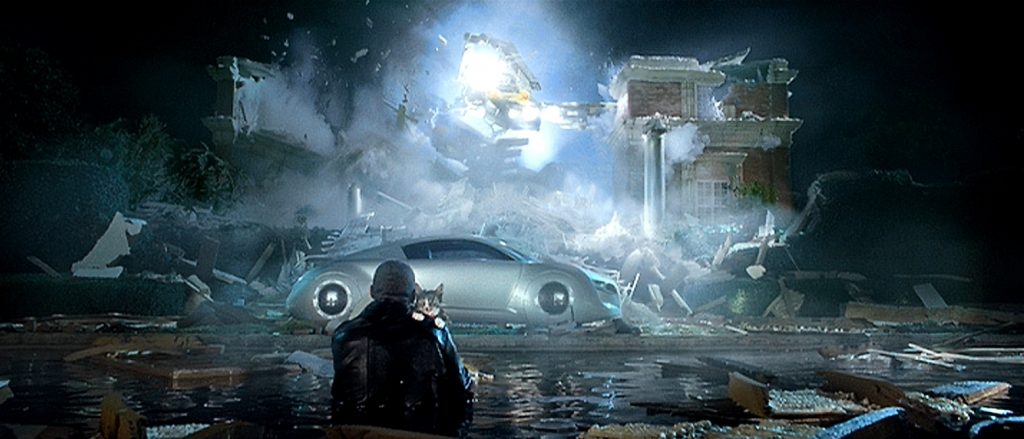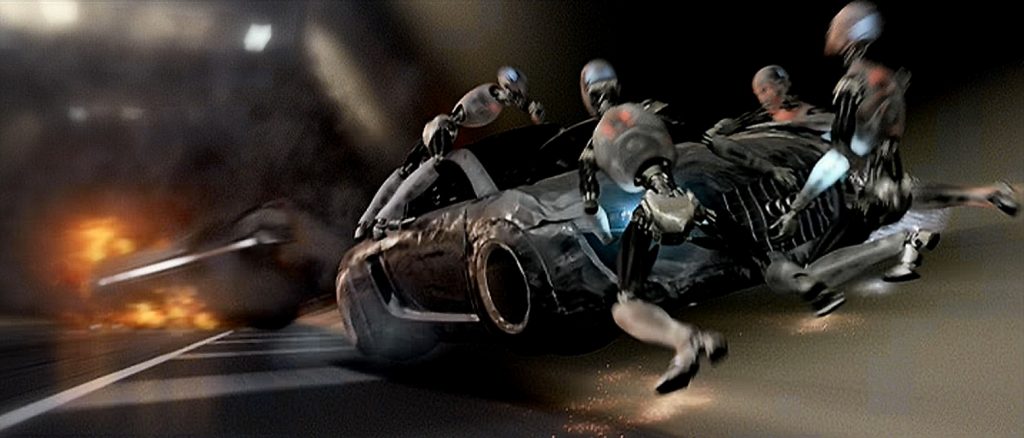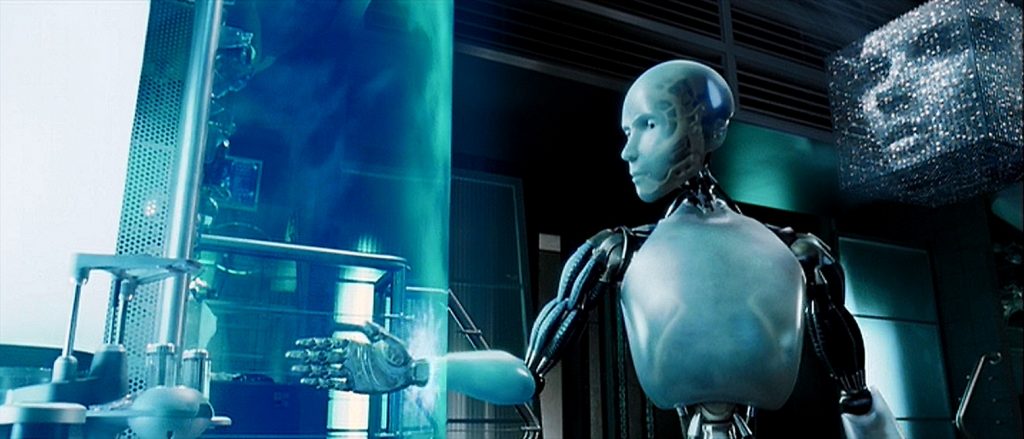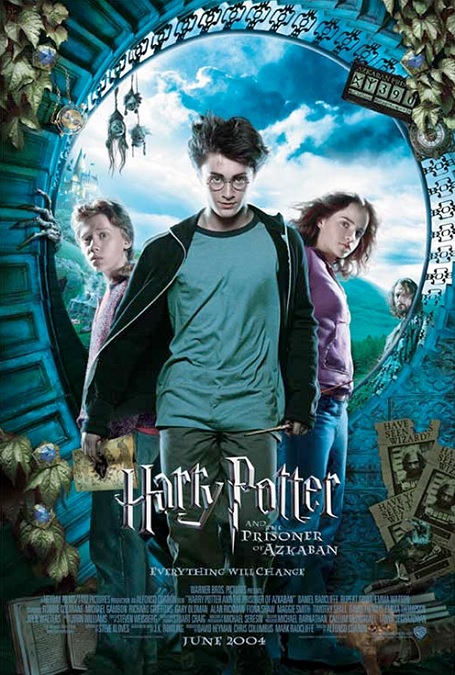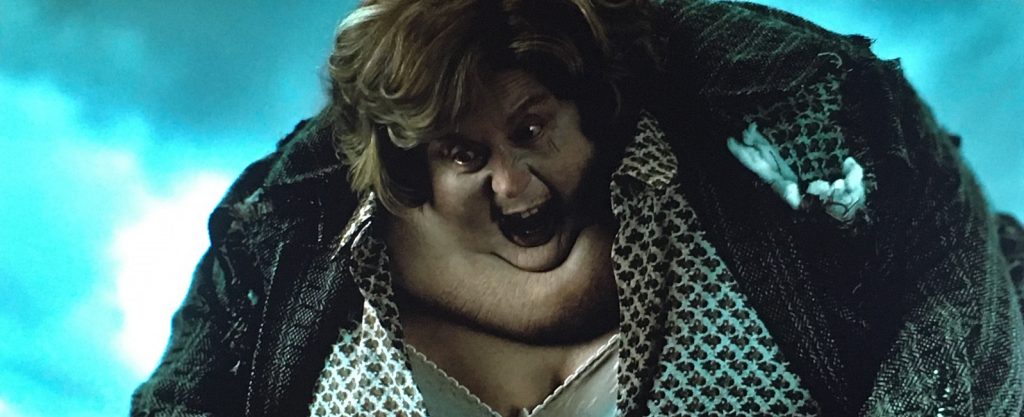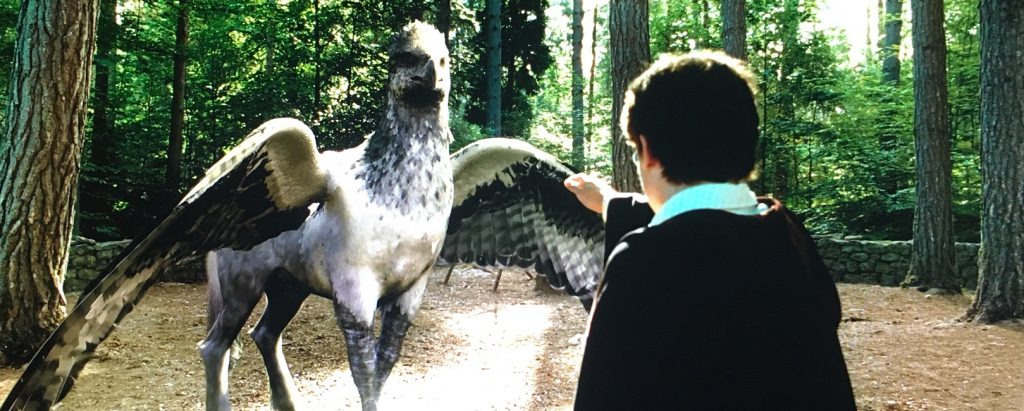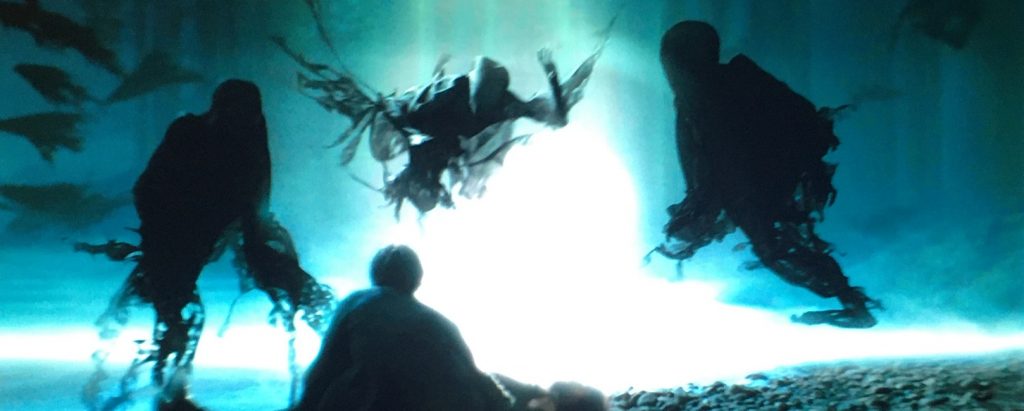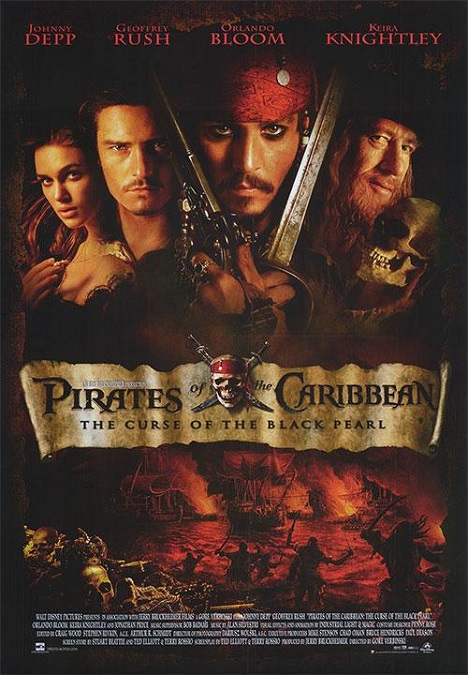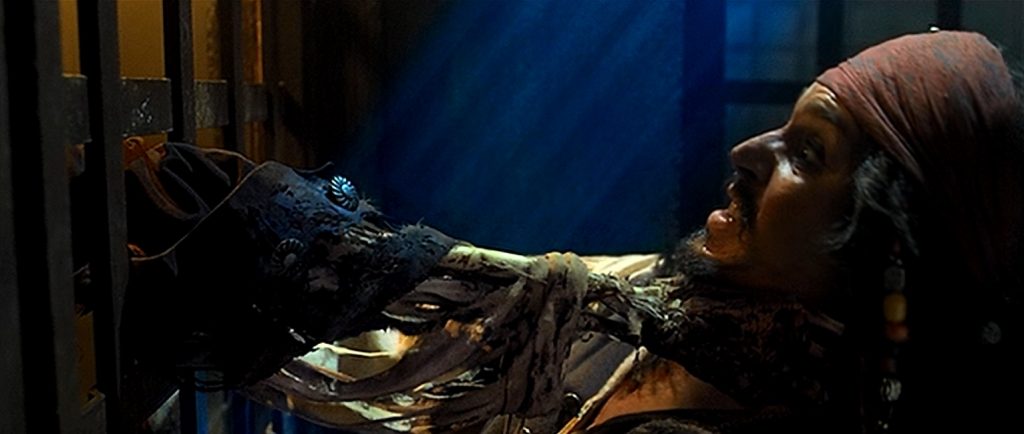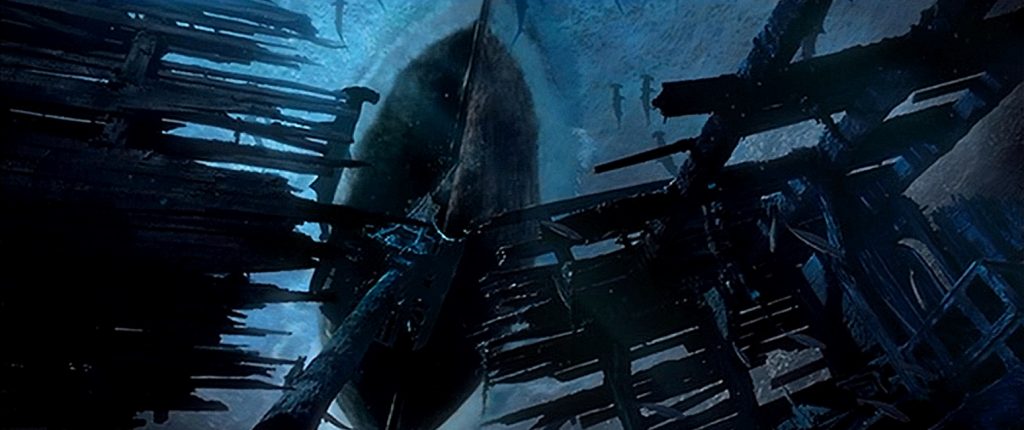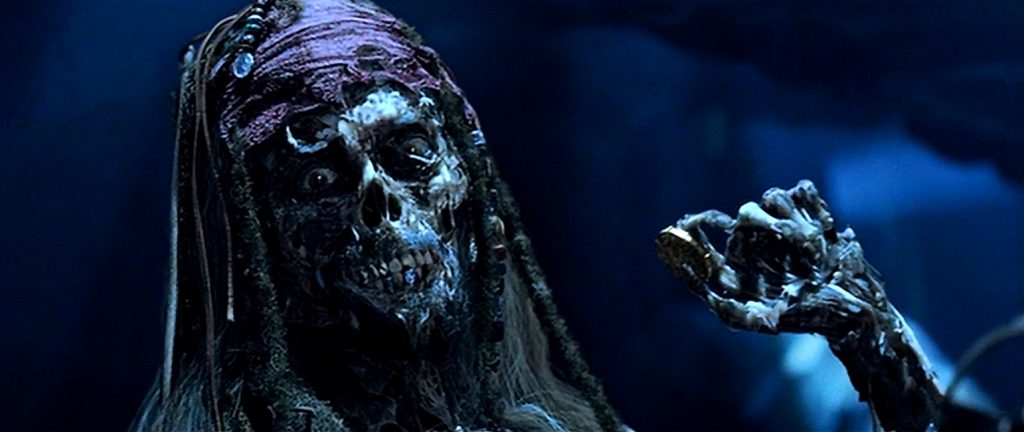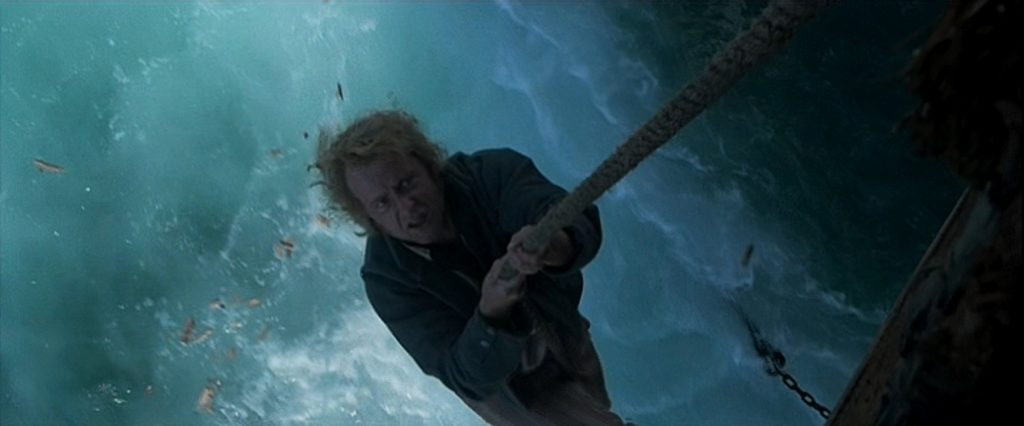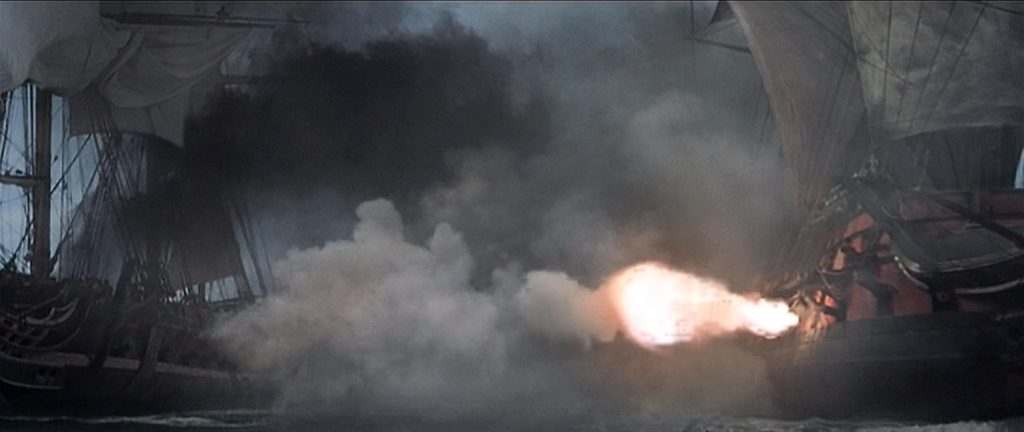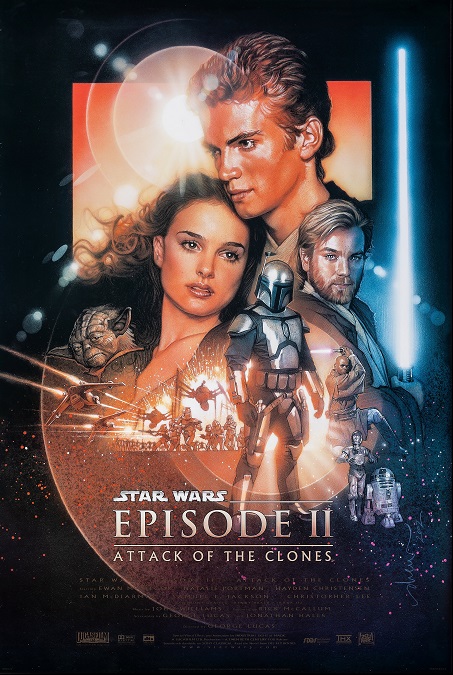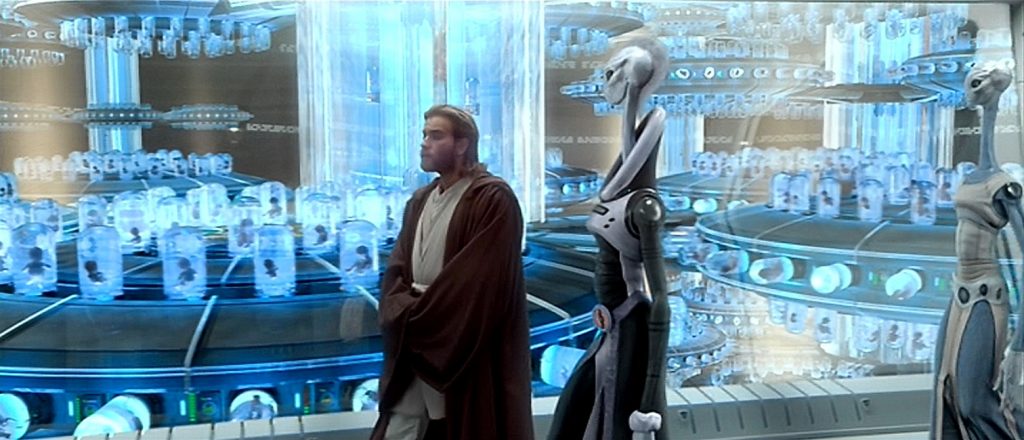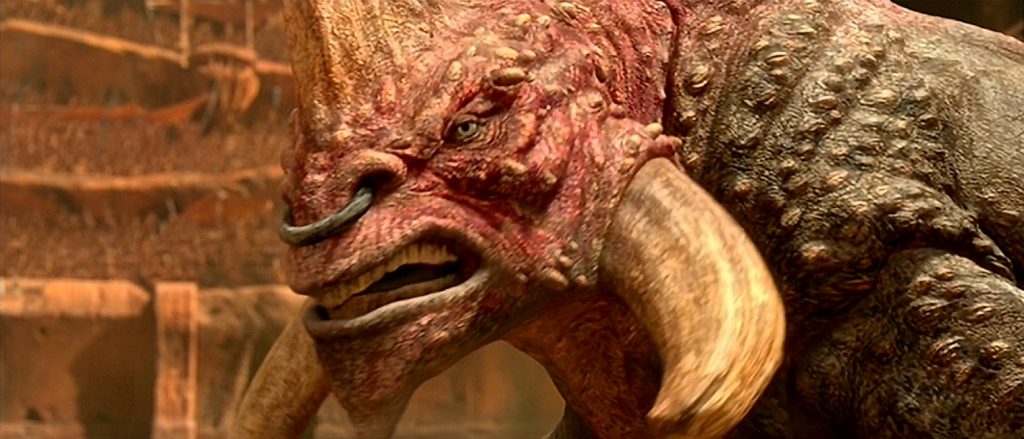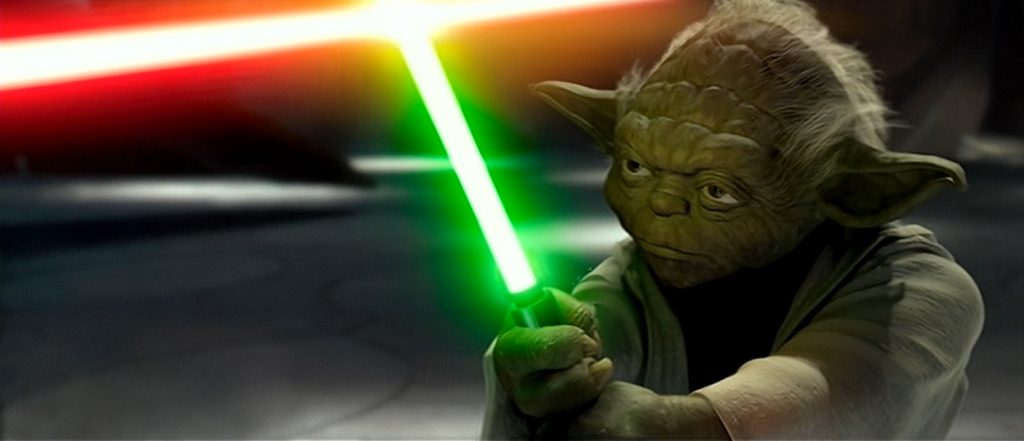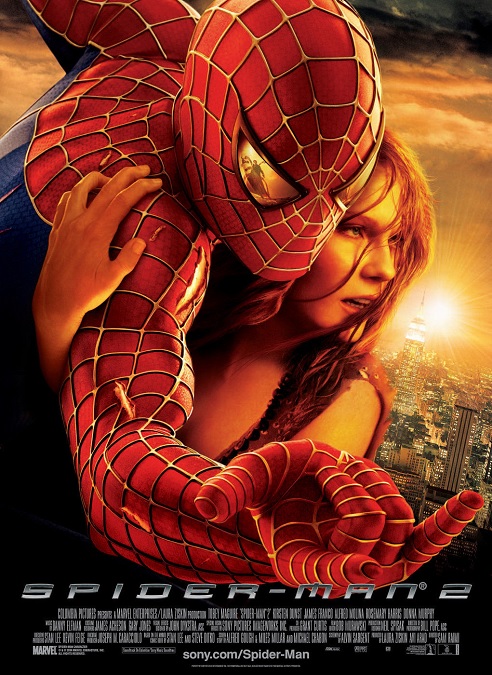
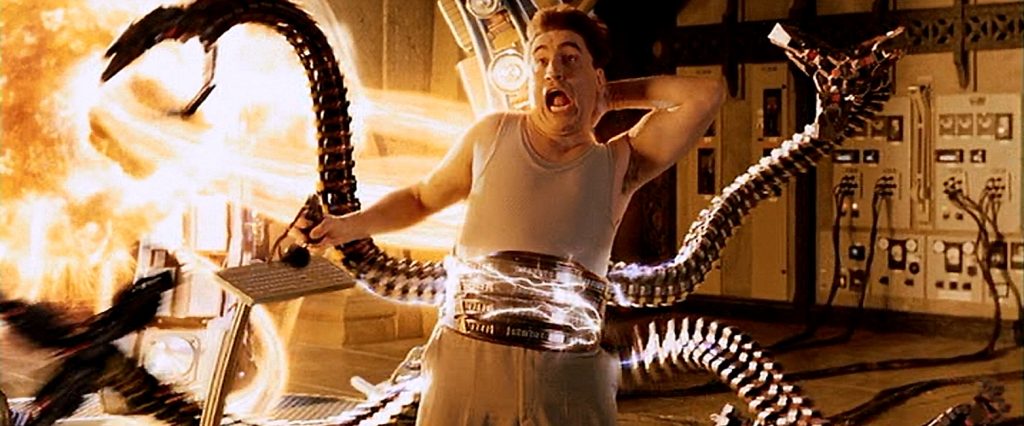
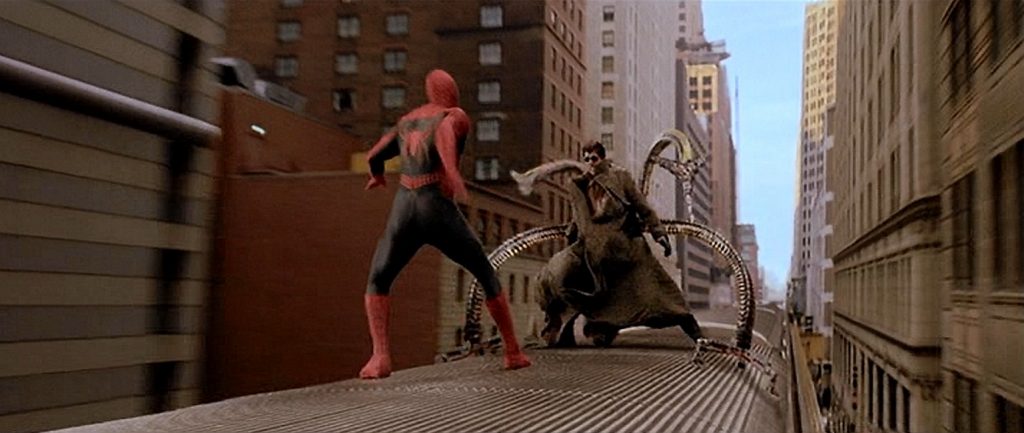
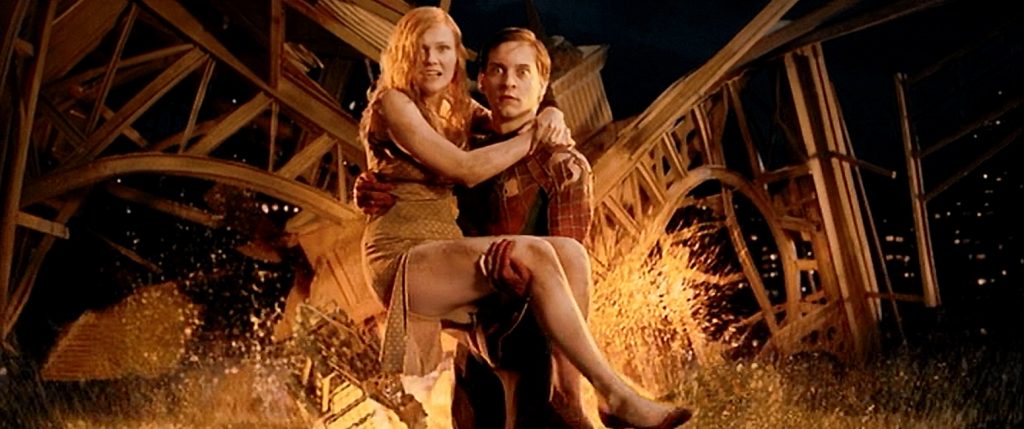
Spider-man 2 – 2004 (WINNER)

The visual effects for Spider-man 2 were good, but not as good as they think they were. When it came to Spidey, himself, we saw all the great visuals before in the prior film. Now, the big draw is Doctor Octopus. I’ll say right here at the start, that his tentacles were amazing, and I’m pretty sure that they were the main reason for the film’s Oscar win. But looking at the effects in the movie as a whole, I felt the special effects could have been better.
This was right around the time when filmmakers were beginning to get some pretty good results using motion-capture and other techniques that allowed them to create believable digital characters. They also had actors play their rolls, and had them do stunts or impossible movements by transitioning them into CGI figures. But this had not yet been perfected, and it was often too obvious when a live actor became a digital effect. They tried to hide these shots behind fast-paced action and quick cuts, but they weren’t always successful.
For example, we can look at the fight on top of the speeding train. It was a great sequence, but it was sometimes pretty clear when the actors became computer generated images. They begin the sequence by fighting on the top of a clock tower. The camera is able to get some pretty cool angles during the fight, but a few of the shots look slightly two-dimensional and fake. Then they fall down onto a speeding train. It seemed that they were switching back and forth in every other shot. It must have been easier in the wider shots where clear detail wasn’t as important, but these shots weren’t wide enough, and Doc Oc’s face, at best, looked like it belonged to someone else. At worst, it looked flat and expressionless.
But the tentacles were pretty awesome. The little “making of” featurettes included on the DVD explained that they were created using a combination of practical and digital effects. For the real appendages, they had people in green-screen body-suits physically moving them independently, and they had a graceful fluidity in their motion. And the digital shots worked well because they were inorganic mechanical structures, which I’m guessing were easier to create than human flesh.
But I was a bit disappointed by a few effects that should have been pretty routine. Every now and then, I was struck by how the actors didn’t seem to fit into their backgrounds. These shots were few and far between, but they were there. The trouble is, I find it difficult to pinpoint what gave these shots away, but as I watched the movie, my brain just had trouble accepting that they were part of the same image. Maybe it was the lighting or the angle of the camera. I don’t know. Still, the Academy voters liked what they saw, and to be clear, so did I. But digital effects like these still had a little room for improvement. The weren’t bad, but I suppose I just expected a bit more for a Best Visual Effects winner.
